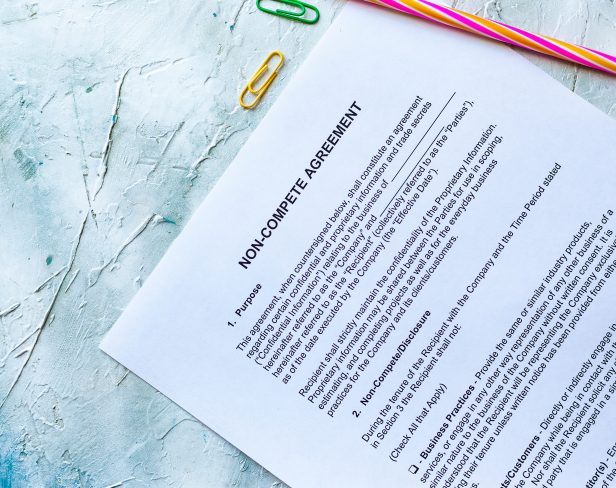The important facts of this case were:
- The respondent was a sole trader.
- The respondent and appellant were friends and had helped each other out previously doing jobs, without payment.
- In March 2017, the appellant and another individual were assisting the respondent with some roofing work.
- The appellant fell through the roof and was injured.
- The appellant made a workers compensation claim.
- The claim was dismissed by the Workers Rehabilitation and Compensation Tribunal on the basis that the appellant was not a worker for the purposes of the Act and not entitled to workers compensation.
- The appellant appealed to the Supreme Court of Tasmania.
Was the appellant a worker for the purposes of the Act?
In determining whether the appellant was a “worker”, the Tribunal looked at the intent between the parties to enter into contractual relations.
Commissioner Wilkins determined that the respondent had no intention of paying the appellant for his assistance. The appellant had no experience in roofing work and the respondent’s hourly rate was so low he could not afford to pay for assistance.
The totality of the relationship between the parties is important in determining whether or not a person is a worker. The appellant gave evidence that the respondent:
- Provided him with safety equipment;
- Told him where to walk on the roof;
- Told him what to do; how to do it; and when it was to be done.
In this case Chief Justice Blow observed that the evidence is equally consistent with the appellant being a volunteer as him being an employee hired for the day.
Ultimately the Chief Justice concluded that there it was open to Commissioner Wilkins to find that the appellant was not a “worker”.
This case demonstrates the importance of a mutual understanding of the nature of a working relationship, prior to any work being undertaken. Be sure to ask questions in relation to your employment agreement and insurance coverage, particularly if there is no written contract.



